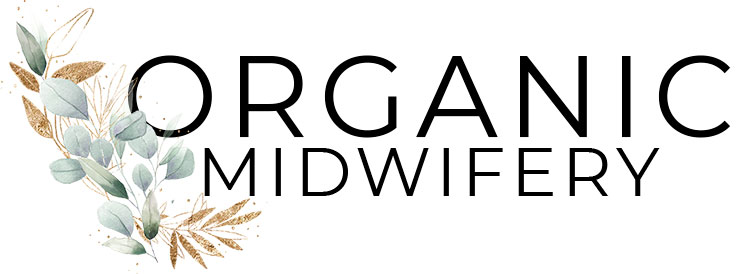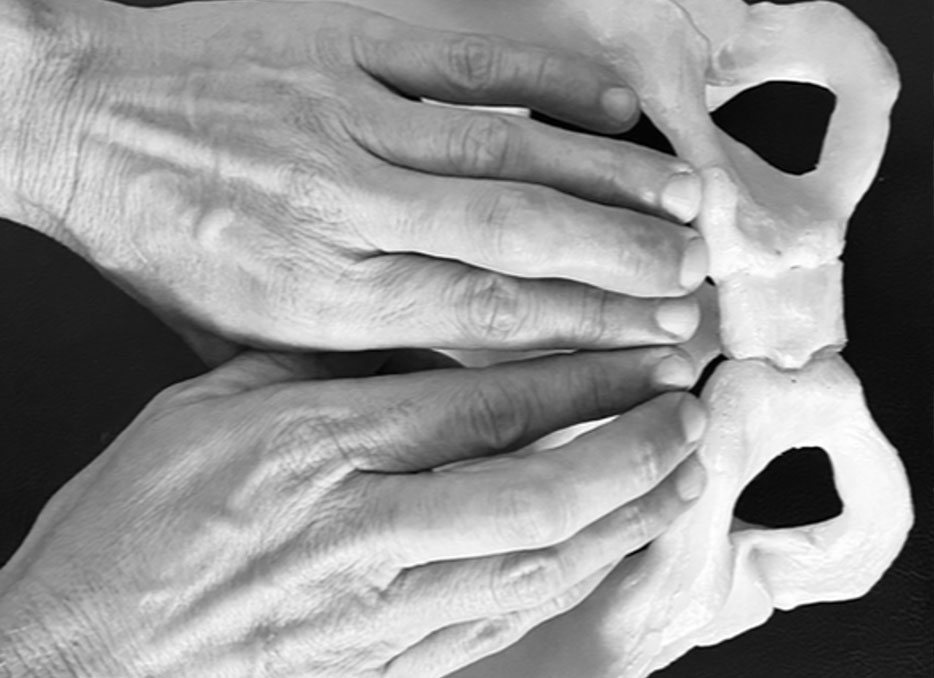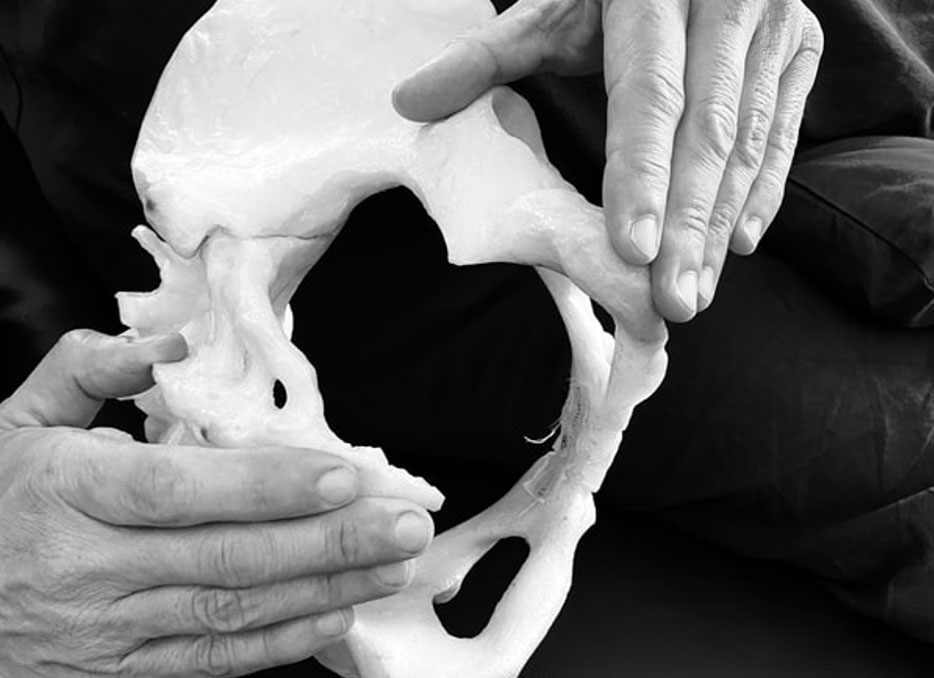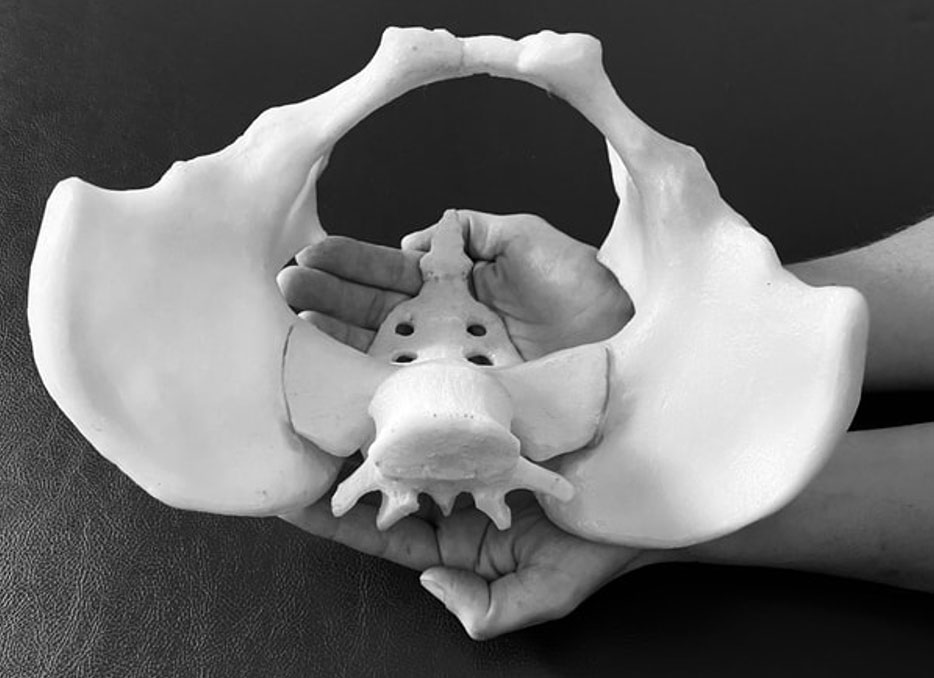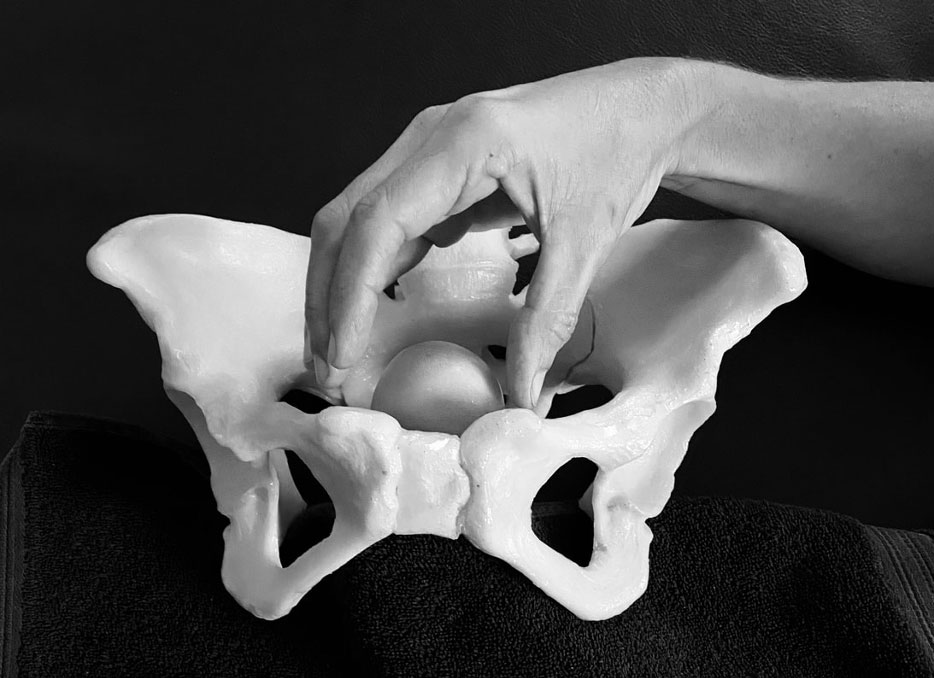Internal Pelvic Release
Internal Pelvic Release Work
All organs in the body are supported by soft tissue connections. The pelvis being the bony guardian of a woman’s reproductive organs, also has a multitude of ligaments, fascia and muscles supporting the bladder, bowel and womb (with her cervix and vagina). The intention of these fibres is to hold the organs in a balanced, suspensory fashion. The capacity of these fibres to accommodate changes within the pelvis, most notably pregnancy, is extraordinary.
As in any other area of the body, soft tissues can hold tension.
Tension can be conscious or unconscious.
Tension can stem from injuries, postural habits, trauma, surgery, hobby or lifestyle choices.
Tension can restrict movement, flow, expansion, space of the bones and of the organs.
Tension in soft tissues can hold memories and emotions.
During an internal pelvic release session tension can be identified and invited to release with tender direct touch, so allowing the tissues to sigh.
When tissues sigh, space is created.
The vagina is a stretchable tube. It’s ability to transform is utterly amazing. Women are usually only familiar with vaginal examinations that explore the top wall – as in a cervix check when in labour or for a pap smear. But the vagina has a back wall through which contact can be made with the soft tissue connections that provide stabilisation to the bones and to the organs.
It’s through the back wall of the vagina that we can use tender touch and directed breathing to free tension in the ligaments and muscles and fascia.
Who would benefit from Internal Pelvic Release Work?
Women healing from birth
Women with painful scars in their vagina from birth
Women who want to understand why they ‘couldn’t birth’ their baby vaginally
Women confused about sensations they felt in their labour or stalls in their labour
Women who have been harmed by another
Women who experience painful or no sex due to vaginismus/vulvodynia
Women who feel their pelvic floor is weak
Women who feel their pelvic floor is tight or hypertonic
Women curious about knowing more about their pelvis and body
What’s involved in Internal Pelvic Release Work?
A 2hour education and hands-on session includes:
- a discussion on pelvic anatomy to support a woman’s knowledge of her pelvic space, pelvic bones and pelvic soft tissues
- an exploration and gentle release of tension in the soft tissue connections – ligaments, muscles, fascia – felt through the back wall of the vagina
- guidance with ‘how to continue with self-care’ and further release work by the woman or with her partner’s support
- The 2hour session also includes the sharing of other modes of releasing tension e.g. bum jiggling and techniques that cultivate balance within the pelvis and womb
Body Oriented Birth Preparation
Directed Breathing
Employing the breath appropriately will amplify any touch/bodywork and birth preparation. It enables presence, supreme focus, tension release and an increase of circulation and function to pelvic structures and systems.
Working with the Pelvic Floor
- Uterine Ligaments – “The Pelvic Clock Exercise” is a way to connect with the uterine ligaments that attach into the cervix and mastering release of tension in these powerful fibres
- Pelvic Floor Muscles – “The Sploosh Exercise is a way to let go of pelvic floor tension after every contraction in labour
- Bum Jiggling – Jiggling is a highly effective and recommended way to release tension, synchronise body systems, prepare for birth, make more space for the baby and activate the parasympathetic nervous system. It is also a highly enjoyable and easy to learn practice for couples preparing for birth
Psoas Release
The psoas is the body’s flight/fight/freeze muscle and it passes through the pelvis. When holding tension, the psoas muscles can influence a baby’s position in the womb, and generally affect pelvic balance.
Pelvic Balancing
When the pelvis is in a state of balance, all pelvic organs & tissues have effective nerve and blood supply.
Pelvic Balancing is a gentle practice, based on Orthobionomy principles to bring the pelvis into a state of balance.
Scar Release Work
Caesarean Section scars and vaginal scars benefit enormously from gentle release work. Tender, deliberate touch brings about a softening of scars, so improving blood flow and nervous innervation.
Session pricing and bookings:
2hr session: $300
Sessions will be held Tuesday and Thursday afternoons at House of Health Clinic, 18 Young St, Moonee Ponds.
Women booking a session, who are also booked to birth with Organic Midwifery, have the option of receiving their session in the comfort of their own home for the same price, plus travel.
House of Health
18 Young Street
Moonee Ponds, Victoria, 3039
Altona North Health Hub
263 Millers Rd
Altona North Vic 3025
Online Bookings can be made below.
Questions?
Got questions? Please email Ramona, using the enquiry form (below).
